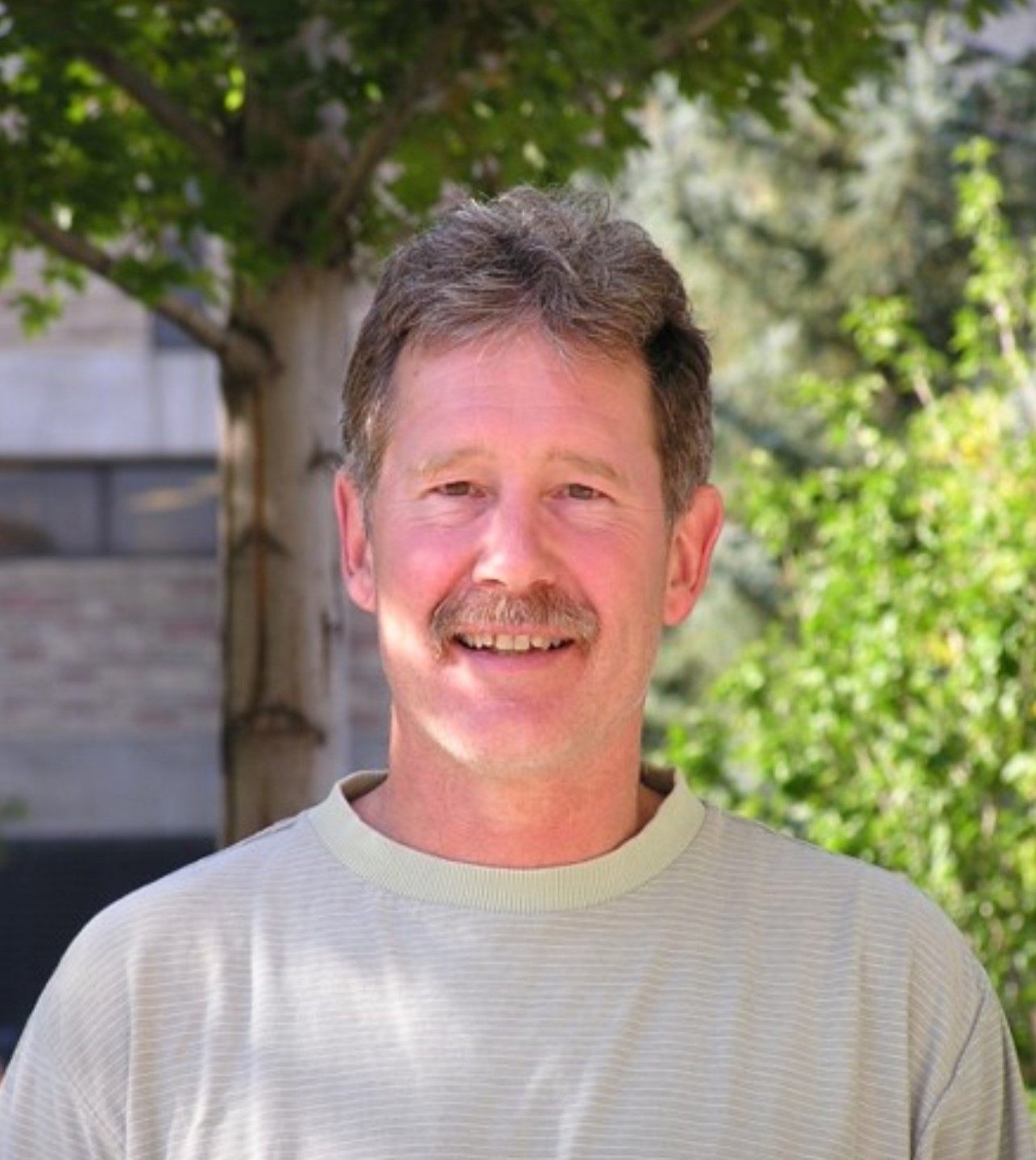
William H. Clements, PhD.
- (970) 491-0690 (Office) (970) 491-5563 (Lab)
- william.clements@colostate.edu
William H. Clements, PhD.
- (970) 491-0690 (Office) (970) 491-5563 (Lab)
- william.clements@colostate.edu
Professor
Agricultural and Resource Economics
Fields of Expertise
Ecology, Environmental Toxicology, Riparian Zones and Wetlands
Areas of Interest
Ecotoxicology, Water quality
Biography
Dr. William H. Clements is a Professor in the Department of Fish, Wildlife and Conservation Biology. He holds a B.S and M.S. in Biology from Florida State University and a Ph.D. in Zoology from Virginia Tech. Dr. Clements' research interests focus primarily on community and ecosystem responses to contaminants. He is especially interested in questions that address interactions between contaminants and global climate change. Clements has completed three sabbaticals in New Zealand where he studied effects of UV-B radiation on bioavailability and toxicity of trace metals in aquatic ecosystems. He is the author/co-author of two textbooks in ecotoxicology (Community Ecotoxicology and Ecotoxicology: a Comprehensive Treatment) and has published over 100 peer-reviewed papers and book chapters in ecotoxicology (h-index = 37). At CSU he teaches graduate and undergraduate courses in ecology, experimental design, and ecotoxicology. Dr. Clements is active in several professional societies including the Society of Environmental Toxicology and Chemistry (SETAC) and the Society of Freshwater Science (SFS). He previously chaired the Executive Committee for SFS, served on the Board of Directors of SETAC and received the Presidential Citation from this Society in 2006. He was recently reelected to the Board of Directors of SETAC and serves as an Associate Editor for the Freshwater Science. At the national level, Dr. Clements has served on a Department of Interior Federal Advisory Committee and on two separate National Academy of Sciences NRC committees investigating effects of contaminants. He previously served on a US EPA Science Advisory Board on effects of mountaintop mining (2010-2012) and is a member of the US EPA Science Advisory Board on Ecological Effects. Current research in Dr. Clements' laboratory is funded by the National Institute of Environmental Health Sciences (remediation effectiveness for mining sites); the Colorado Parks and Wildlife (quantitative assessment restoration effectiveness in the Arkansas River); the International Copper Association (the use of stream microcosms to quantify restoration effectiveness in metal-contaminated streams); and the U.G. Geological Survey (metal uptake and transfer in stream and riparian communities).
